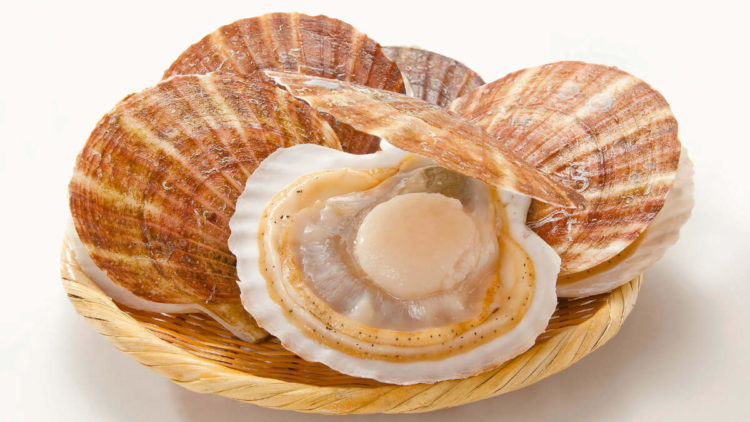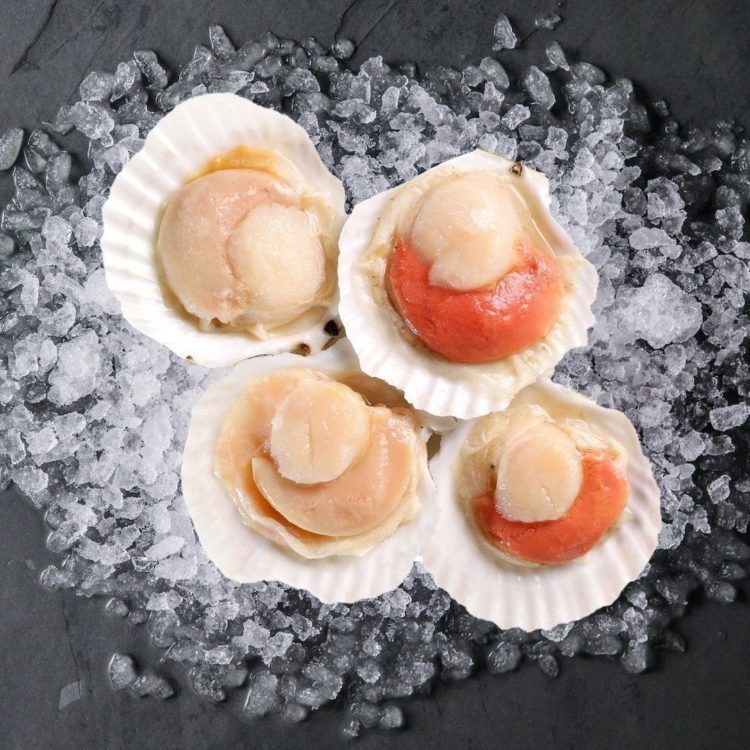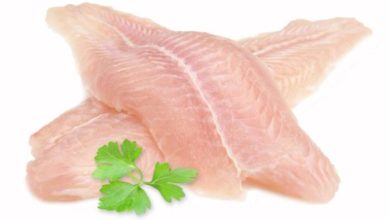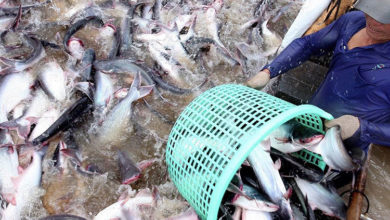The surge of Japanese scallops in Vietnam: A rising culinary trend
The Vietnamese market has witnessed an unprecedented surge in the import of Japanese scallops, sparking ripples of change across the country’s seafood industry

Japanese scallops, long celebrated as a premium seafood delicacy, have now become a staple for Vietnam’s discerning palates. Hailing from Hokkaido, these scallops are known for their exceptional flavor and nutritional value, earning them the moniker “the essence of the sea” in Japan. Recently, however, the Vietnamese market has witnessed an unprecedented surge in the import of Japanese scallops, sparking ripples of change across the country’s seafood industry. But what exactly is driving this trend, and what opportunities does it present for businesses in Vietnam? Let’s delve into the recent rise of Japanese seafood imports and the prospects they hold for the domestic market.
A rising tide of Japanese scallops in Vietnam
Japanese scallops have long been a hallmark of high-end seafood, renowned not only for their quality but also for the meticulous farming and harvesting techniques employed in Japan. Since early 2024, Vietnam has seen a remarkable increase in scallop imports, particularly for in-shell varieties. According to Japan’s Ministry of Finance, in the first half of the year, Vietnam imported a staggering 13,075 tons of scallops, a surge of 2,078% compared to the same period the previous year. In June alone, the import volume hit 5,256 tons, marking an impressive 1,110% increase.
This influx of Japanese scallops is not just about meeting a growing appetite for premium seafood among Vietnamese consumers. It has also opened up new avenues for importers, upscale restaurants, and domestic distribution chains. Scallops from Japan, particularly those from the pristine waters of Hokkaido, are increasingly coveted by middle- and upper-class customers in Vietnam, who are eager to savor this unique delicacy.

Drivers behind the boom
A key factor behind the surge in scallop imports is China’s recent ban on Japanese seafood, following the release of treated wastewater from the Fukushima nuclear power plant. With China out of the picture, Japan has had to pivot to new markets, and Southeast Asia—particularly Vietnam—has emerged as a promising alternative. This shift has led to an oversupply of scallops in Japan, causing prices to plummet and creating an attractive opportunity for Vietnamese importers to bring in high-quality seafood at competitive rates.
At the same time, consumer preferences in Vietnam are evolving. Once a rare indulgence found only in luxury restaurants, premium seafood like Japanese scallops is now becoming a sought-after staple for many, especially those in higher income brackets. The growing demand has prompted businesses to capitalize on this opportunity, ensuring that Japanese scallops are readily available to meet the market’s increasing appetite.
Market dynamics and price fluctuations
The surge in imports has caused considerable fluctuations in the price of Japanese scallops within Vietnam. In the first half of 2024, the average price for frozen, in-shell scallops from Japan fell to 231 JPY/kg, a significant 49% drop compared to the previous year. However, from March to June, prices saw a resurgence, rising from a low of 155 JPY/kg to 278 JPY/kg. Retail prices in Vietnam now vary widely, with live scallops selling for between 700,000 to 850,000 VND per kilogram, and scallop adductor muscles—considered the most delectable part—fetching as much as 1.2 to 1.4 million VND per kilogram.
These price shifts are influenced by multiple factors, including transportation costs, tariffs, and most notably, the abundant supply of Japanese scallops. With China no longer importing, vast quantities of scallops have been redirected to the Vietnamese market, creating more favorable pricing for consumers. This influx has made it easier for Vietnamese buyers to access a seafood delicacy that was once a rare luxury, adding a touch of elegance to everyday meals.
Opportunities
The sudden surge in Japanese scallop imports has not only reshaped Vietnam’s seafood market but has also opened up a world of opportunity for local businesses. Importers, restaurants, and retailers are well-positioned to benefit from the growing demand for premium seafood, particularly as more consumers become willing to invest in high-quality, nutritious products. For seafood lovers in Vietnam, Japanese scallops are no longer just an exotic delicacy—they are now a symbol of the evolving culinary landscape, where international flavors meet local tastes.
As the trend continues, Vietnam’s role as a key market for Japanese seafood is likely to expand, bringing with it new opportunities for both countries. Whether it’s in upscale restaurants or home kitchens, Japanese scallops are making waves, setting the stage for a new chapter in Vietnam’s ever-evolving culinary story.
VFM






